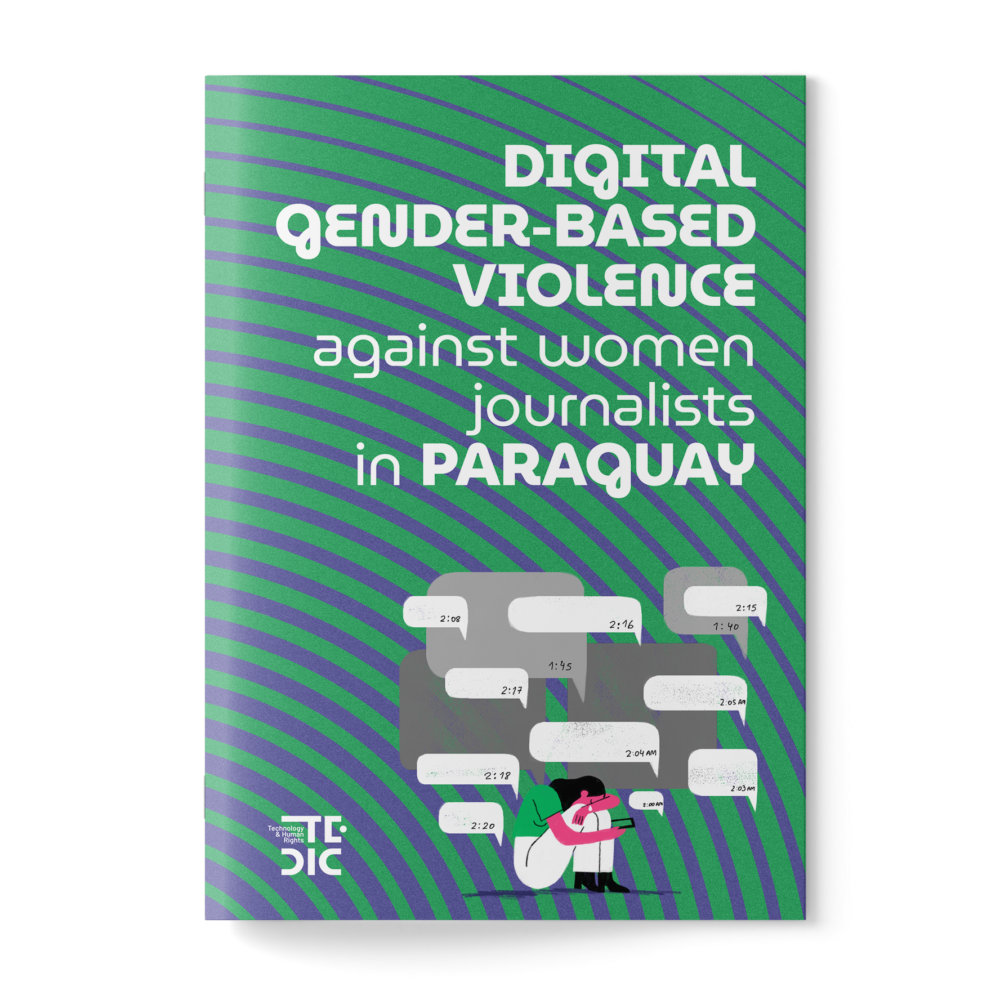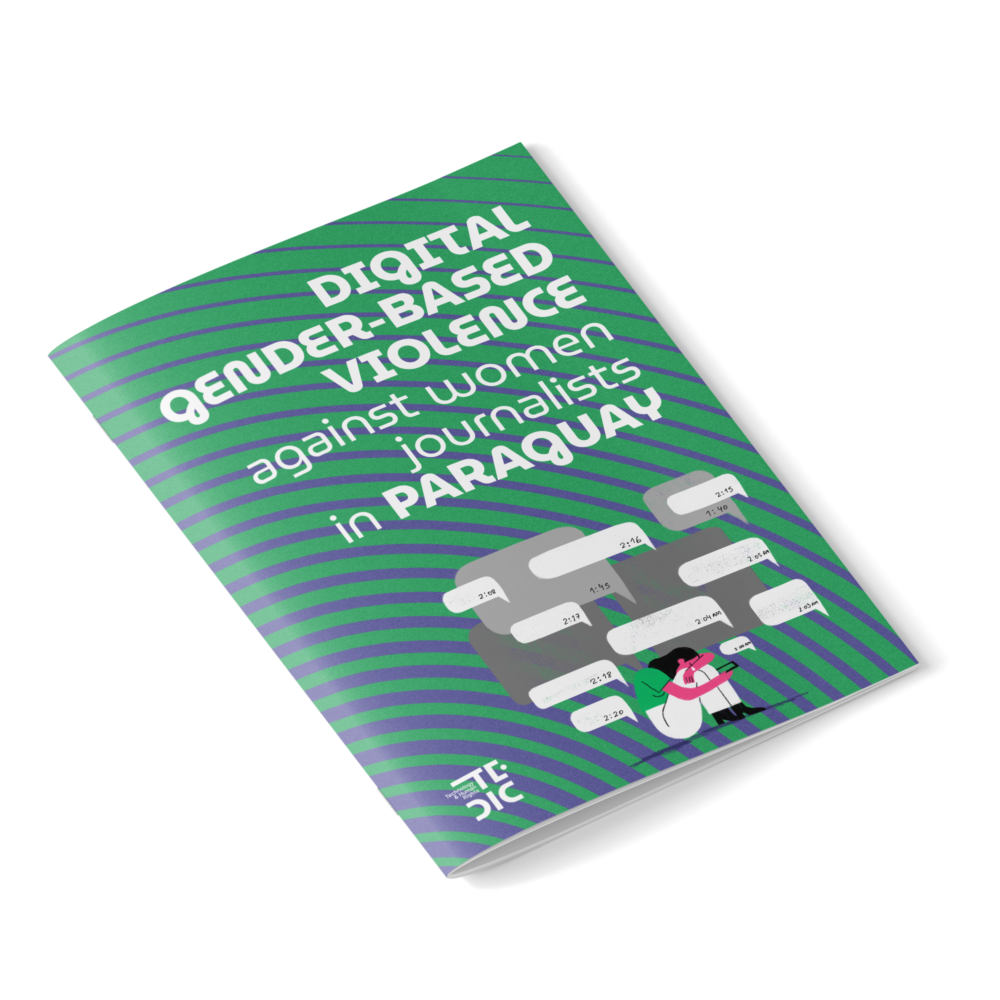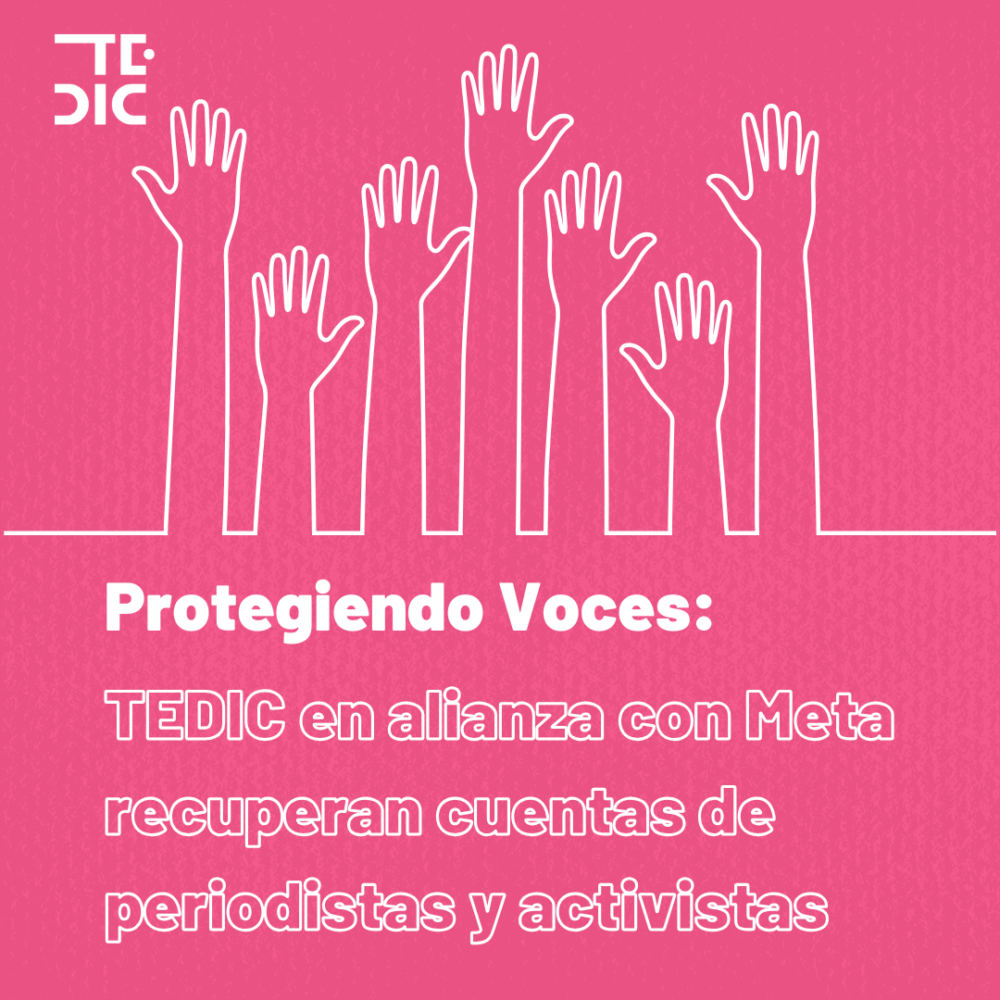
The digital age has transformed how we connect, communicate, and access information. However, it has also rised new challenges and threats, notably, gender-based digital violence. Within the CAOV project, TEDIC has undertaken a comprehensive investigation into digital violence targeting female journalists in Paraguay, with the aim of documenting, illustrating, and raising awareness about its impact.
Women journalists must confront digital gender-based violence daily, with significant consequences both personally and professionally, given that the dynamics of political and journalistic debate have been transformed by the Internet and social media. In this context, researchers Maricarmen Sequera and Jazmín Acuña identified the need to lead this research, which considers the state of the art, historical analysis and the definition of the different aspects related to this problem. The research also seeks to contribute to the recognition and addressing of gender inequality in the field and to promote a public discourse enriched by all perspectives, including in the virtual environment.
The research’s main objective was to assess whether participants had experienced gender-related digital violence in the journalistic environment, challenging the erroneous notion that gender-based violence is limited to physical contexts and demonstrating how it manifests itself in the digital world. Through surveys, interviews, and focus groups, the research characterized online violence against journalists in Paraguay. More than 100 media professionals provided valuable perspectives, enriching the report with their experiences.
Among the most noteworthy findings is that:
- In Paraguay, women journalists face 12 specific forms of digital violence, from insults and threats to defamation and exposure of personal information, according to the classification of digital gender-based violence carried out by TEDIC, together with several organisations.
- The coverage of sensitive issues, the exercise of critical journalism and the gender of women journalists are triggers for this type of violence.
- Women journalists are disproportionately targeted in aspects related to their image and intellectual capacity compared to their male colleagues.
- Of the 239 registered perpetrators, anonymous attackers predominate, followed by trolls, anti-rights groups and, to a lesser extent, state authorities, a situation that may vary depending on the particular target population studied.
- Possible coordinated attacks were detected, highlighting the need for protection and support measures in the digital environment.
This research recognises the critical role of women journalists as defenders of freedom of expression and highlights the need to address digital violence targeting them and promote digital security training. It also highlights the responsibility of the media and other key players in the prevention of digital violence. Finally, it underlines the need for protection measures and public awareness of these issues, as well as the need for an observatory on digital violence in the country and the importance of online platforms taking responsibility in the fight against digital violence.
This project was supported by the Coalition Against Online Violence.
To access the full report, click here.
To access the research annexes click here.


 Defending those who defend us
Defending those who defend us